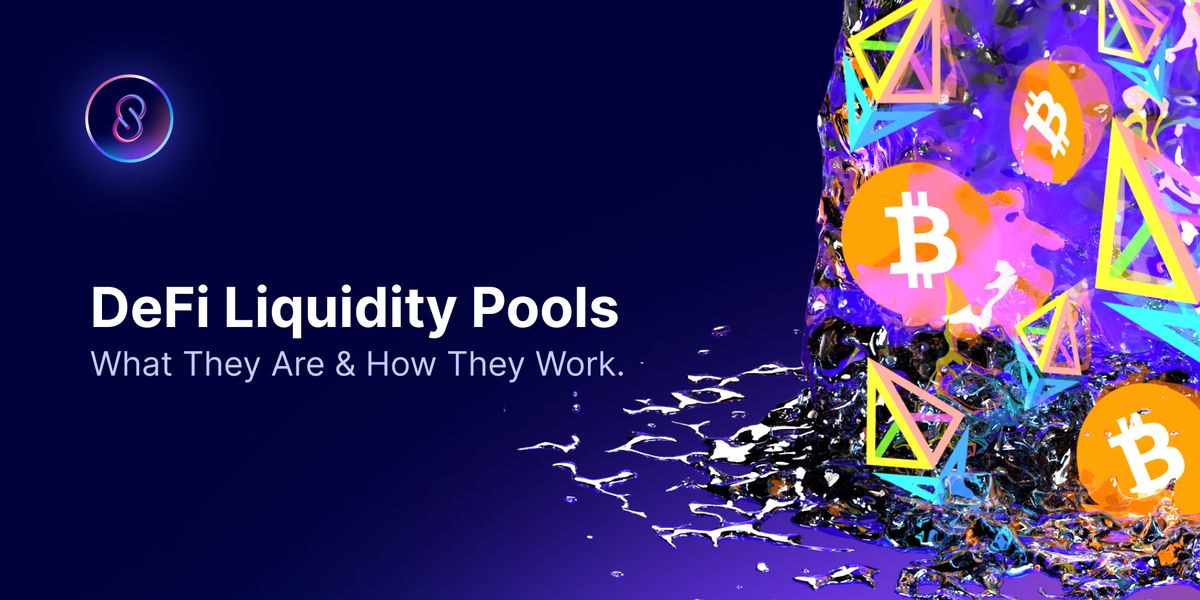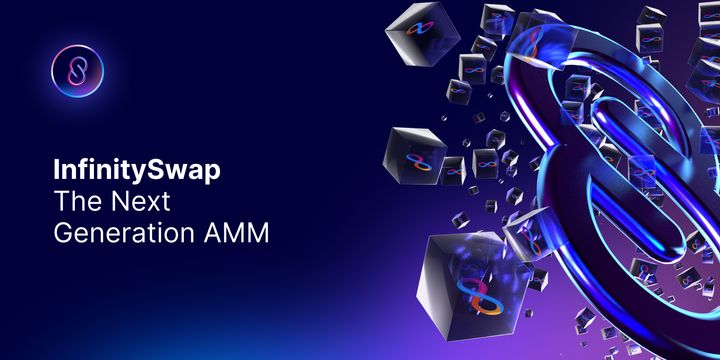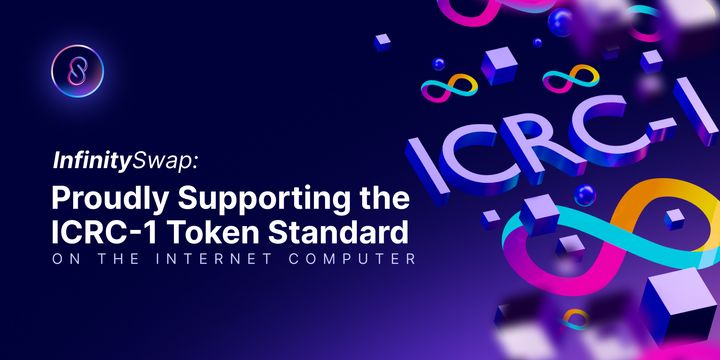DeFi Liquidity Pools: What they are & How they Work
Decentralized finance (DeFi) is one of the things that the Internet Computer community is looking forward to the most in order to break the shackles of the current financial system.

Decentralized finance (DeFi) is one of the things that the Internet Computer community is looking forward to the most in order to break the shackles of the current financial system. While a bank account isn't within reach of many people worldwide, a crypto wallet (like the Bitfinity wallet) is free and straightforward to use. Liquidity pools play a crucial role in DeFi.
What are liquidity pools? How do they work? Let's take a closer look at the magic behind DeFi that is helping to level the playing field in the world of finance.
What are Liquidity Pools?
Liquidity pools are made possible by smart contracts. The smart contract allows funds to be locked in a pool that is used to fund trading within a DEX (decentralized exchange). In this case, the funds are provided by private investors called liquidity providers (LPs).
The LP stakes their own tokens in the pool and receives trading fees based on the amount of liquidity in the pool and the total volume of trading. In most cases, an LP needs to stake equal amounts of both tokens, which will make sense once we explain the purpose of liquidity pools.
How does it all Work?
To understand how a DEX or an AMM (automated market maker) works, you need to understand how order books work on centralized exchanges (CEX). A CEX uses a matching engine to pair up buy orders and sell orders that have been placed by traders.
In order for this to happen in real-time, a centralized financial institution is holding the funds. So, for example, when you trade on a CEX like Coinbase, the company is holding your funds. This actually caused quite a scare recently when the Coinbase CEO mentioned what might happen to user funds if the company ever went bankrupt.
When it comes to DeFi, all of the trading happens on-chain. So no centralized institution gets in the middle of the transaction. However, this causes other issues. For example, on the Ethereum blockchain, this leads to massive gas fees. Who pays the fees when the tokens go from your wallet to the market maker and then are exchanged for another token and returned to your wallet? Remember that this would involve multiple gas fees for both the buyer and seller. Does the market maker take the hit? Do both the buyer and seller pay fees?
The Internet Computer solves many of the issues right away by ensuring the transactions are almost instant and that the fees are factions of a cent in both directions. But AMMs take things one step further, especially when dealing with cross-chain interactions.
When you make a trade on an AMM, instead of the funds coming from the seller and going to the buyer, the seller's funds are going into the pool, and the buyer's funds are coming out of it. This means the tokens already exist, and they are already on the correct chain. As long as there are enough funds in the pool to make the trade, the fees are next to nothing.
Are there any Risks Associated with Investing in Liquidity Pools?
Every investment carries some risk, and this applies to providing liquidity for a pool in order to receive rewards. For example, there is the risk of impermanent loss, which is a big enough topic for an entire article. To keep it simple, when you remove your funds from a liquidity pool, you receive the percentage of the pool that your investment would make up.
If the tokens change enough in value, you may have ended up better off holding your tokens rather than staking them. When that happens, it is called impermanent loss. Of course, the opposite can also happen, and you may earn more staking than from holding.
Additionally, while there is no third-party bridge holding your tokens, they are in a smart contract. Thus, you are relying on the idea that there will not be some sort of exploit that causes the loss of the funds in the smart contract. Finally, you also have to watch out for outright scams and rug pulls wherein someone has access to the pool and is simply waiting for the right moment to steal the funds.
Therefore, you will want to be sure to use a reputable platform like InfinitySwap if you intend to be a liquidity provider. We hope this provides a deeper understanding of the world of DeFi, AMMs, and liquidity pools. Remember always to do your own research, and don't invest money you can't afford to lose.
Connect with InfinitySwap
Twitter | Website | Telegram | Discord | Github

*Disclaimer: While every effort is made on this website to provide accurate information, any opinions expressed or information disseminated do not necessarily reflect the views of InfinitySwap itself.





Comments ()